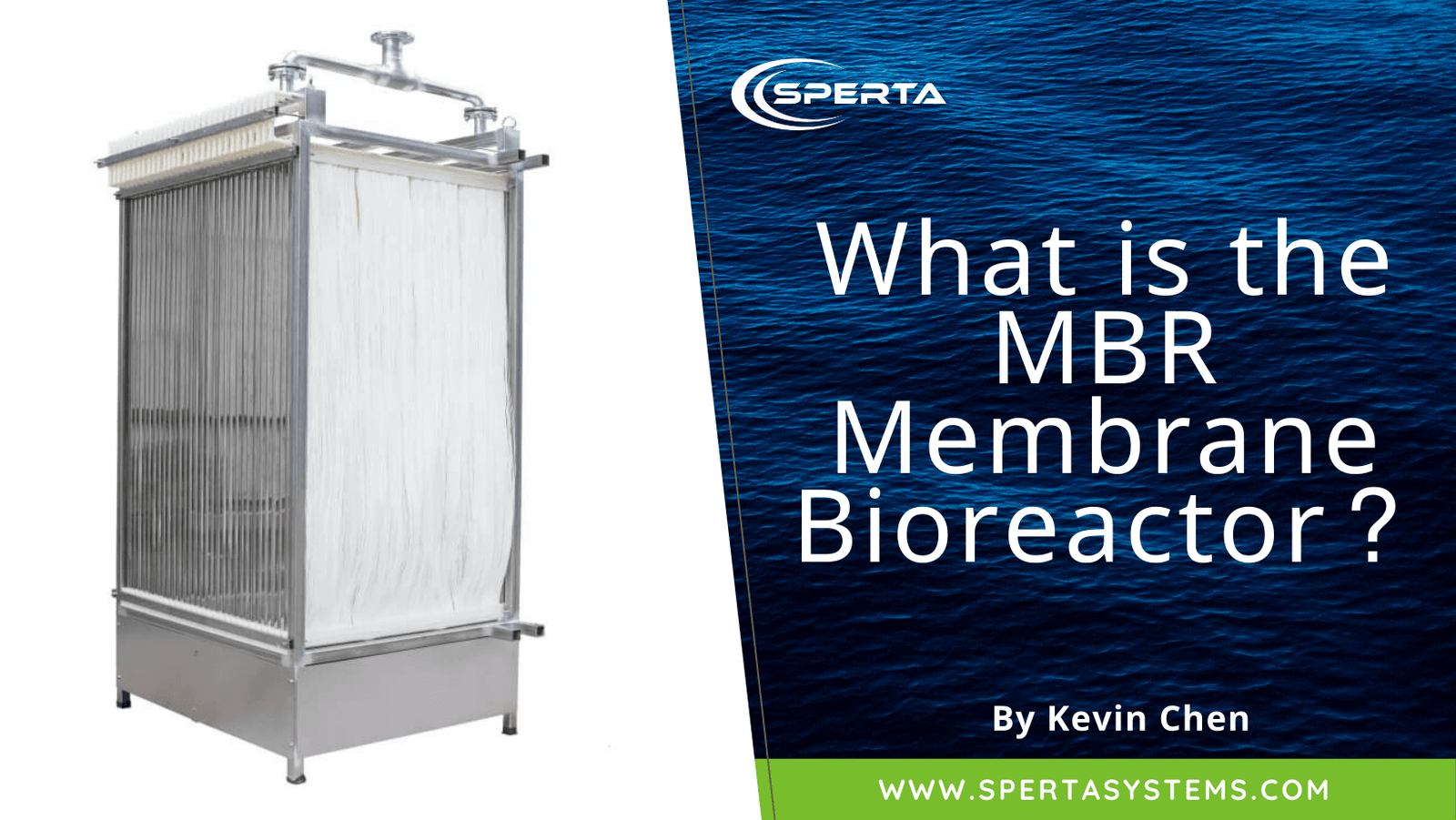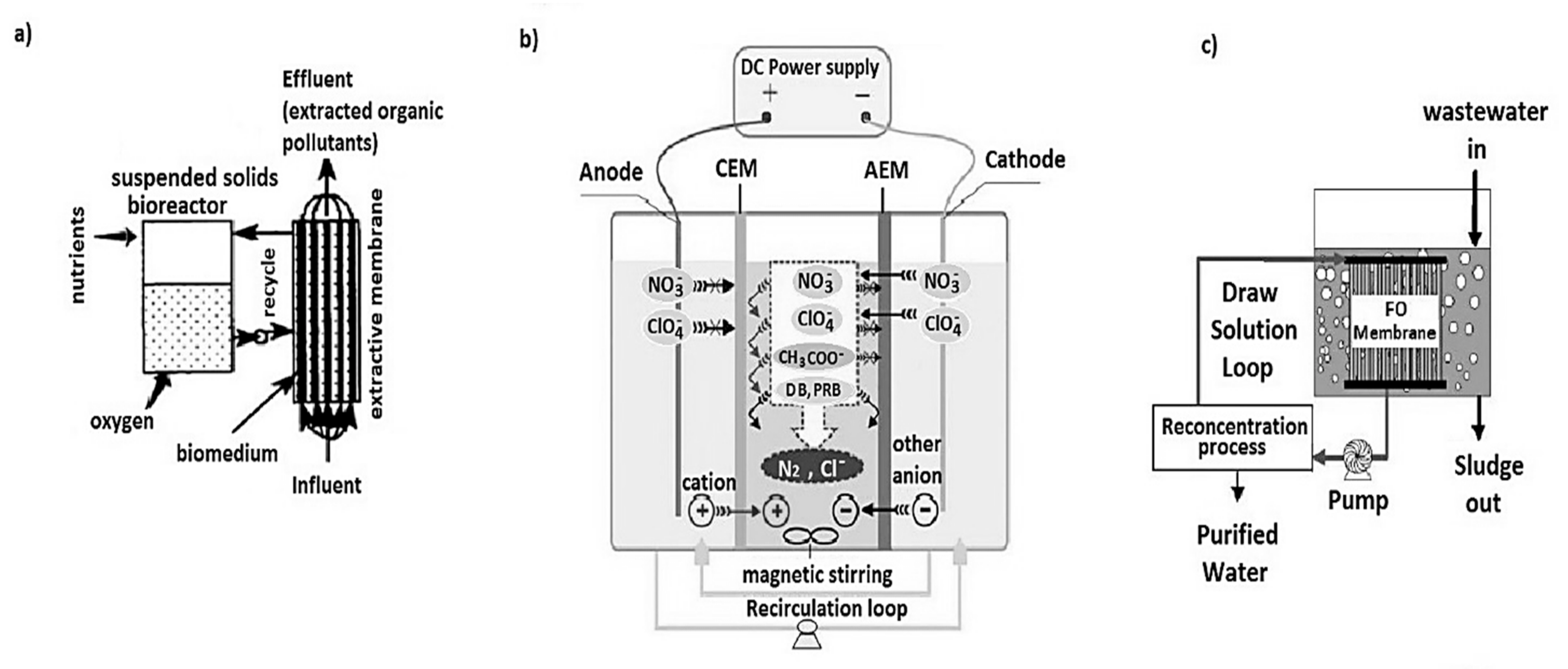Comprehending Membrane Layer Bioreactors: The Future of Wastewater Treatment
Membrane layer bioreactors (MBRs) stand for a significant innovation in the field of wastewater therapy, incorporating biological procedures with sophisticated membrane layer filtration to improve effluent quality. As global water scarcity and rigorous regulative frameworks become progressively pushing issues, MBR innovation offers an efficient action with its ability to decrease impact and optimize resource recovery.
What Are Membrane Layer Bioreactors?

The core parts of MBR systems include a bioreactor where microbial activity occurs and a membrane layer unit that filters the combined liquor. This double performance enables the synchronised degradation of natural issue and solid-liquid separation in a single step. MBRs can run in both submerged and outside arrangements, with immersed systems being more typical due to their compact design and operational efficiency.
The fostering of MBR technology has gotten grip in various applications, ranging from municipal wastewater therapy to commercial effluent administration. MBRs are particularly advantageous in circumstances where area is strict or limited effluent top quality requirements should be met. By keeping a high concentration of microorganisms within the bioreactor, MBRs boost the deterioration of natural contaminants, thereby producing higher therapy effectiveness compared to typical techniques.
Key Benefits of MBR Technology
The assimilation of biological therapy with membrane filtering in MBR systems offers various benefits that set it besides traditional wastewater treatment methods. Among the main advantages is the boosted effluent high quality. MBRs properly remove suspended solids and virus, accomplishing greater degrees of filtration that meet strict discharge criteria and facilitate water reuse applications.

Another significant advantage is the decreased sludge production. MBR systems produce much less excess sludge, bring about reduced disposal prices and a decrease in environmental impact. The closed nature of the membrane system minimizes the risk of odor emissions and enhances overall process control.
Lastly, MBRs are adaptable and versatile, making them suitable for various wastewater kinds, consisting of commercial and metropolitan resources. The capability to integrate with sophisticated treatment technologies further enhances their performance, making MBRs an encouraging remedy for the future of wastewater monitoring.
Obstacles and Limitations of MBRs
While MBR innovation provides various advantages, it additionally encounters a number of challenges and limitations that can influence its extensive adoption. One significant obstacle is the high resources and operational costs related to MBR systems. The first investment for membrane products and the required infrastructure can be significant, making it much less available for smaller sized sectors or communities.
Additionally, membrane fouling remains a vital problem that can diminish system efficiency and increase upkeep demands. Fouling happens when solids, organic issue, or bacteria build up on the membrane layer surface, leading to lowered leaks in the structure and calling for regular cleansing or replacement.
An additional restriction entails the complexity of the modern technology. MBR systems require knowledgeable workers for procedure and maintenance, which can be an obstacle in areas with limited technological competence. The disposal of invested membranes provides ecological concerns, as the materials are usually not biodegradable and can contribute to lose monitoring challenges.
Finally, while MBRs can properly deal with a broad variety of wastewater, they might not be ideal for this post all applications, particularly those with high concentrations of fats, oils, and greases, requiring more study and innovation to deal with these restrictions.
Applications of Membrane Layer Bioreactors
In different fields, membrane layer bioreactors (MBRs) have actually arised as a functional option for wastewater treatment (Membrane Bioreactor). Their applications cover community, commercial, and farming settings, showcasing their adaptability and effectiveness in diverse environments. In community wastewater treatment plants, MBRs considerably improve effluent quality, allowing for water reuse and decreasing the environmental impact of discharged wastewater
Industrially, MBRs are employed in food and beverage handling, fabric production, and pharmaceutical manufacturing, where they successfully treat high-strength waste streams. Their ability to deal with varying loads and differing pollutant concentrations makes them particularly valuable in these fields. In addition, MBRs assist in the removal of pathogens, put on hold solids, and natural matter, contributing to conformity with rigid discharge policies.
In agriculture, MBRs are increasingly made use of for treating agricultural drainage and livestock wastewater, enabling the recuperation of nutrients for plant food production. They additionally aid in the treatment of greywater for watering, promoting lasting water management practices.
The convenience of MBRs is additional evidenced by their assimilation with other technologies, such as anaerobic food digestion and advanced oxidation procedures, enhancing total performance and source healing in wastewater therapy systems.
The Future of Wastewater Treatment
Innovations in innovation and an expanding emphasis on sustainability are forming the future of wastewater treatment. Membrane layer bioreactors (MBRs) exemplify this change by integrating organic therapy processes with membrane layer filtration, causing premium effluent ideal for reuse. The pattern in the direction of round economic situations is motivating centers to take on MBRs for their capacity to recuperate sources, such as water and nutrients, from wastewater.
Developments in membrane layer materials and setup are boosting the performance and long life of MBR systems, reducing functional prices and energy usage. Smart modern technology integration, consisting of real-time surveillance and automated control systems, is further enhancing efficiency and enabling predictive upkeep, thus reducing downtime.
Additionally, regulatory pressures official statement and societal assumptions are pushing communities and sectors to embrace more lasting practices. Membrane Bioreactor. The shift towards decentralized wastewater treatment options is getting grip, permitting local therapy that reduces transportation costs and energy use
Final Thought
Membrane bioreactors (MBRs) represent a transformative method to wastewater treatment, incorporating biological processes with advanced membrane technology. The advantages of MBRs, consisting of boosted effluent top quality, lowered spatial needs, and reduced sludge manufacturing, place them as a feasible option amidst expanding urbanization and stricter environmental guidelines. In spite of existing difficulties, the continued innovation in membrane products and functional methods guarantees to reinforce the efficacy and fostering of MBRs, guaranteeing their essential function in the future of sustainable wastewater management.
Membrane bioreactors (MBRs) stand for a notable development in the field of wastewater therapy, incorporating learn the facts here now biological procedures with sophisticated membrane filtration to boost effluent high quality.Membrane bioreactors (MBRs) incorporate biological treatment processes with membrane layer filtering to effectively deal with wastewater.The combination of biological therapy with membrane purification in MBR systems uses various benefits that set it apart from traditional wastewater therapy methods. Membrane layer bioreactors (MBRs) exemplify this change by incorporating biological therapy processes with membrane layer filtration, resulting in high-quality effluent appropriate for reuse.Membrane bioreactors (MBRs) stand for a transformative approach to wastewater therapy, integrating organic procedures with sophisticated membrane layer innovation.